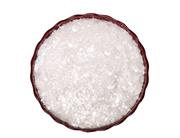Vitamin E is a fat-soluble vitamin that is one of the most important antioxidants. Soluble in organic solvents such as fat and ethanol, insoluble in water, stable to heat and acid, unstable to alkali, sensitive to oxygen, insensitive to heat, but the activity of vitamin E is significantly reduced during frying. Supplementation after the lack of vitamin E can promote the secretion of sex hormones and increase the motility and number of men's sperm; Increase female estrogen concentration, improve fertility, prevent abortion.
Vitamin E has also recently been found to inhibit lipid peroxidation in the lens of the eye, causing peripheral blood vessels to dilate and improving blood circulation. The phenol hydroxyl group on the benzene ring of vitamin E is acetylated, and the ester is hydrolyzed to the phenol hydroxyl group to become tocopherol. Vitamin E is often mistaken for tocopherol.
| Name | dl-alpha-Tocopherol | EINECS | 233-466-0 |
| CAS No. | 10191-41-0 | Density | 0.93 g/cm3 |
| PSA | 29.46000 | LogP | 8.84020 |
| Solubility | Miscible with chloroform, vegetable oils, ether, acetone and alcohol. Immiscible with water. | Melting Point | 2-4 °C
|
| Formula | C29H50O2 | Boiling Point | 485.9 °C at 760 mmHg |
| Molecular Weight | 430.715 | Flash Point | 210.2 °C |
| Transport Information | N/A | Appearance | low yellow powder |
Appearance and properties: yellowish green, transparent viscous liquid
Density: 0.950 g/mL at 20 °C(lit.)
Boiling point: 200-220°C 0,1mm
Melting point: 2-4°C
Flash point: 240°C
Refractive index: n20/D 1.506
Storage condition: 2-8ºC
Vapor pressure: 4.59E-10mmHg at 25°C
Usage:Antioxidants, therapeutic drugs.
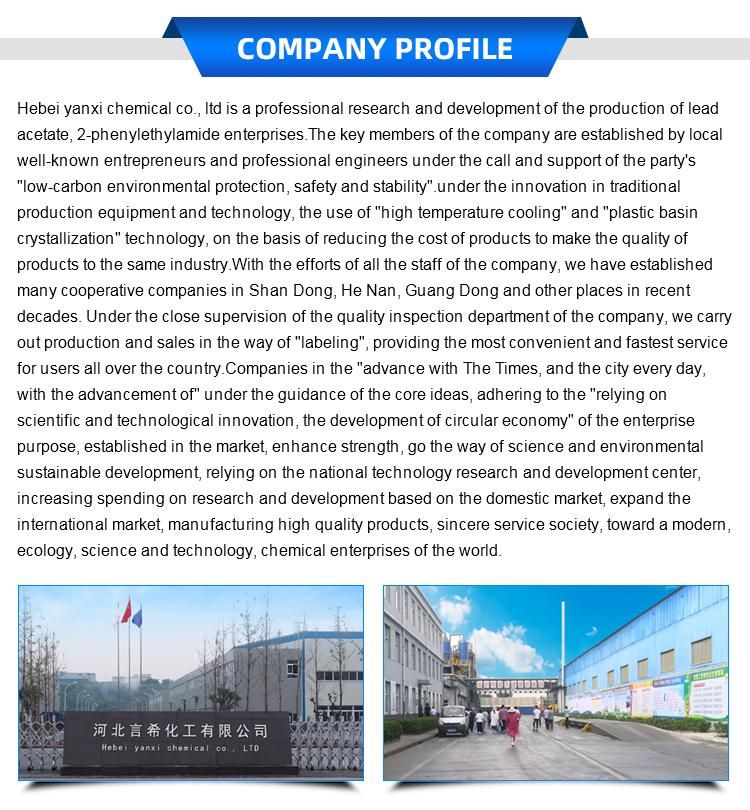
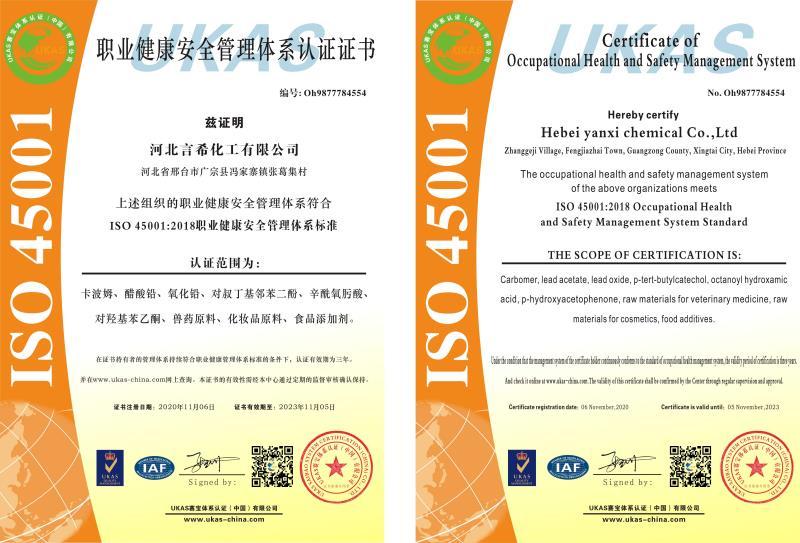
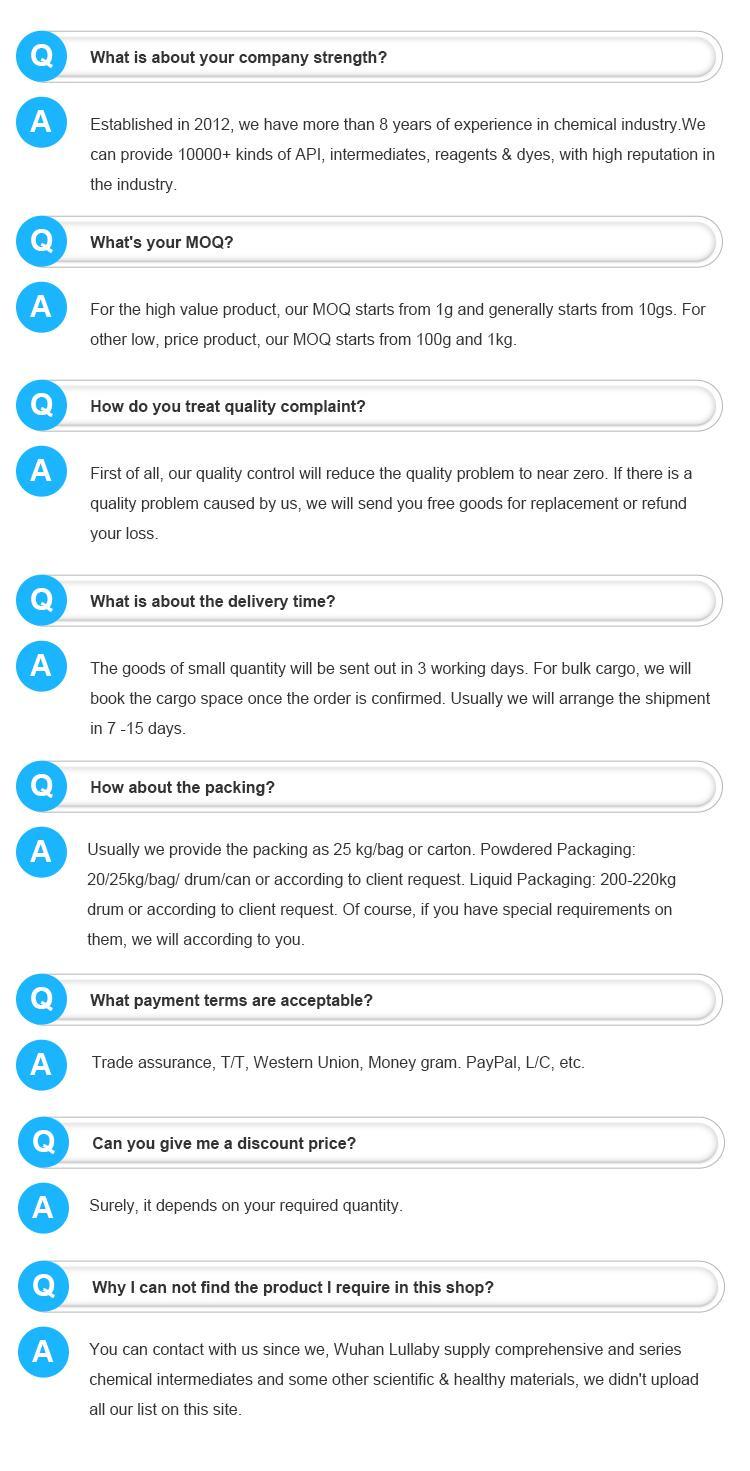
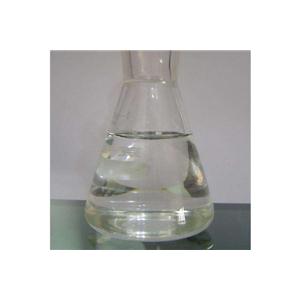
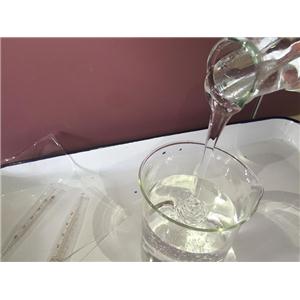
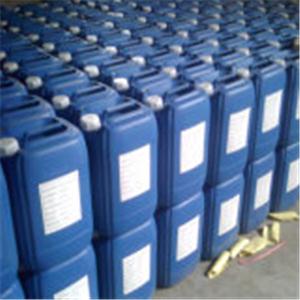
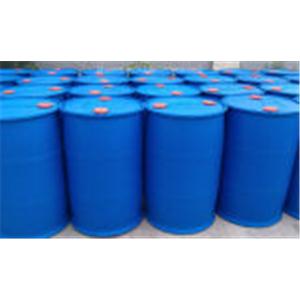


 China
China



